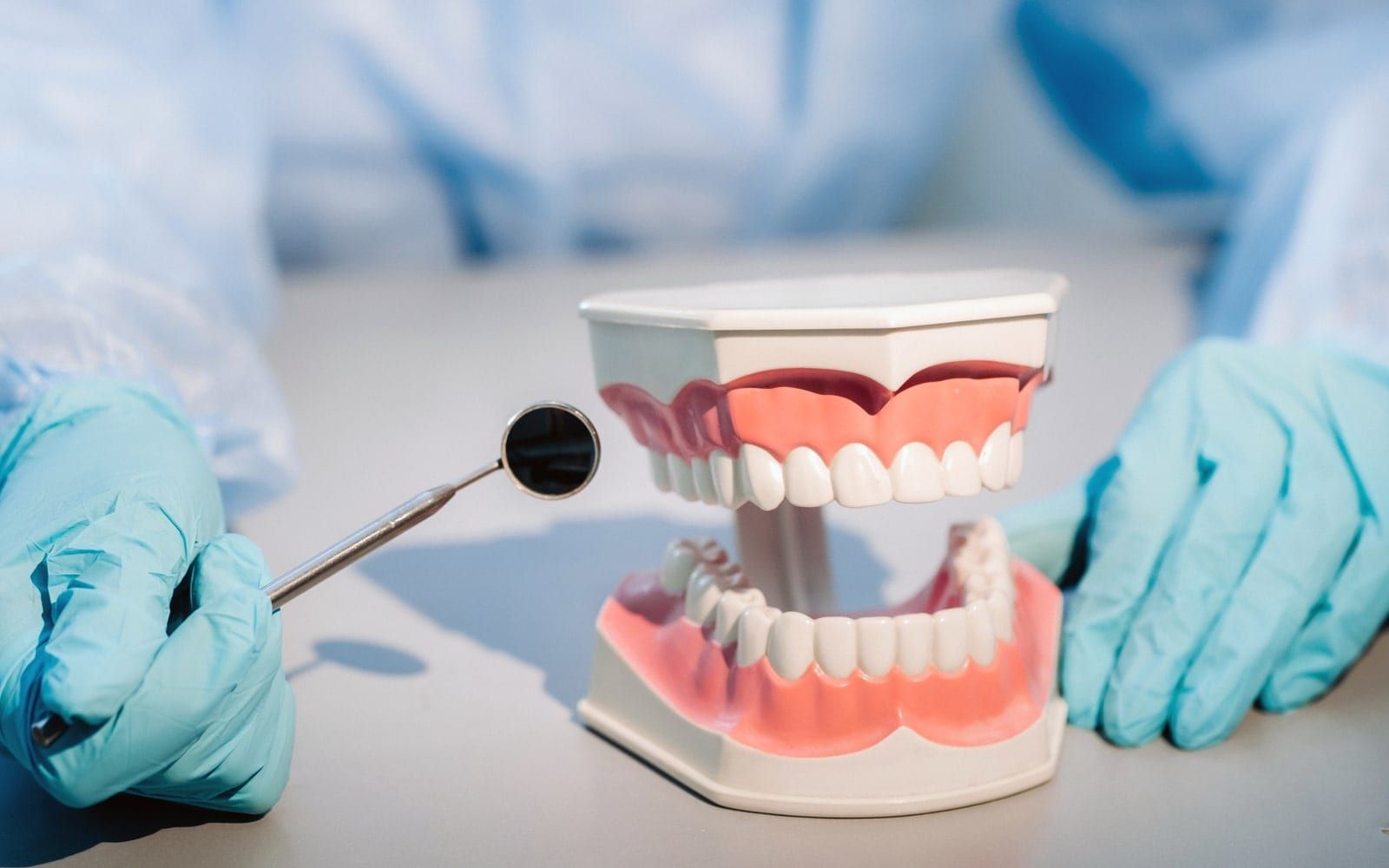Revealing The S.Mutans Bacteria And How It’s Responsible For Cavities

Cavities are a weird problem for dentists – while we can treat cavities with no problem, our current methods for treating cavities involve removing parts of the tooth to excavate it for bacteria and then filling that cavity with a filler to prevent further complications damage. For those wanting to conserve their teeth as much as possible, this method sounds pretty outdated. However, finding ways of destroying the bacteria within our mouths without disrupting our mouth’s internal microbiome is harder than just drilling and patching up the tooth. Many researchers have been looking for potential solutions, but to know why this is so difficult, we have to look at the main cause – Streptococcus mutans.
How Streptococcus mutans Affects Your Teeth
Our mouths contain a vast microbiome of healthy bacteria, and most often, these strains benefit us in our ability to digest food and protect our immune systems. But in some cases, some strains of bacteria are quite harmful to our bodies, and for our teeth, the Streptococcus mutans strain can cause harmful damage to our teeth and gums. When we eat foods containing large amounts of sugar and carbohydrates, these strains can develop and consume the sucrose within those foods, leaving behind plaque as a byproduct. Plaque accumulation along the enamel of our teeth is a sticky film that’s difficult to remove, and over time, can buildup and become a larger problem.
From what we know about this strain, the Streptococcus mutans bacteria:
- J. Clarke initially described it in 1924
- It wasn’t until the 1960s until lab studies reported that this bacteria strain was an agent in the development of cavities.
- It is considered a highly harmful strain because of its ability to survive under harsh environmental conditions.
- Can turn sucrose and carbohydrates into organic acids and plaque, making permanent home colonization of this strain.
- It doesn’t act alone but is highly responsible for altering our mouths and making them more acidic.
The acids produced by these strains often provide other harmful strains of bacteria with a stable environment, which causes drastic consequences for our teeth. Ultimately, brushing, flossing, and visiting your dentist for cleanings is the best way to combat these harmful bacteria strains. However, the damage that Streptococcus mutans already does to our teeth is considered irreversible because our enamel cannot regenerate on its own.
Eliminating Bacteria With New Solutions
Current methods of cleaning teeth don’t destroy this strain because if we eliminated this strain, cavities wouldn’t exist. While right now it’s practically impossible to eliminate this strain from our mouths fully, researchers have been looking into other solutions that could reduce the biofilm created by Streptococcus mutans and help prevent cavities from occurring. As this sounds promising, it will take years of continuous research to fully safe-proof these methods to help people recover from cavities. Right now, the best thing you can do to reduce the risk of cavities is to see your dentist!
